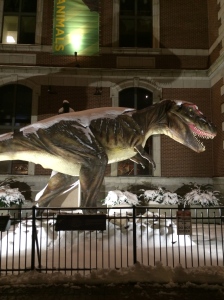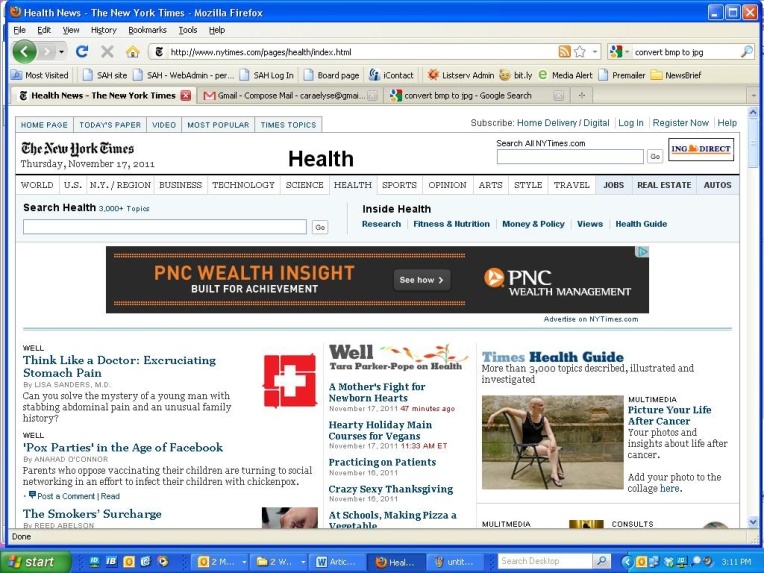A couple weeks ago there was a notable controversy in the world of cancer and social media. A husband and wife, both journalists, wrote two separate articles in popular media that questioned the choice of stage IV breast cancer patient Lisa Bonchek Adams’ decision to tweet through her experience. The articles, published in the Guardian and the New York Times, respectively, weren’t overtly nasty but they did call Adams’ tweets things like “the equivalent of deathbed selfies” and say that it may be more heroic to die quietly than to fight cancer to the death.
The Guardian article, by Emma Keller, has been removed, but here is an editor’s note about it. The husband, Bill Keller’s, article is here.
And a wonderful Time Magazine piece about the whole thing can be found here. I wholly agree with one of this article’s points – that if you don’t want to read Adams’ tweets, you don’t have to.
I don’t have anything wildly intelligent or insightful to add to this conversation, but it’s worth sharing. I find there to be so much cancer-shaming in this world – people telling others that they are somehow doing things wrong or making others feel bad or whatever. Heck, I did it myself in the post about the video of the woman who danced before her mastectomy. I think it’s natural for humans to do this, and though I’m not thrilled about it happening in ultra-public forums such as New York Times, I do realize that this is the age of the Internet when everyone has a wide-open land in which to share their views.
Ultimately, everyone’s entitled to their own opinion. Remember my new motto – “feelings are never wrong.” But sometimes, especially if those feelings might hurt others, it’s best to keep them to yourself. And even BETTER than that, is to dig deep within yourself and try to accept that everyone is different and everyone deals differently, and not judge others too harshly if they choose a path that is not the same as yours.
Can’t we all just get along?!? In conclusion, here’s a T-rex covered in snow.



